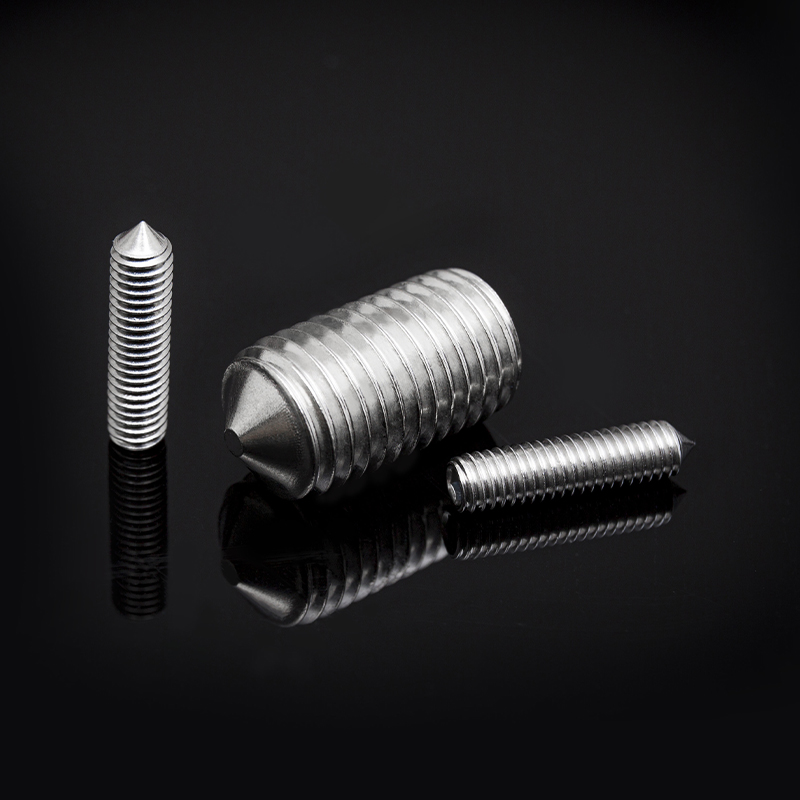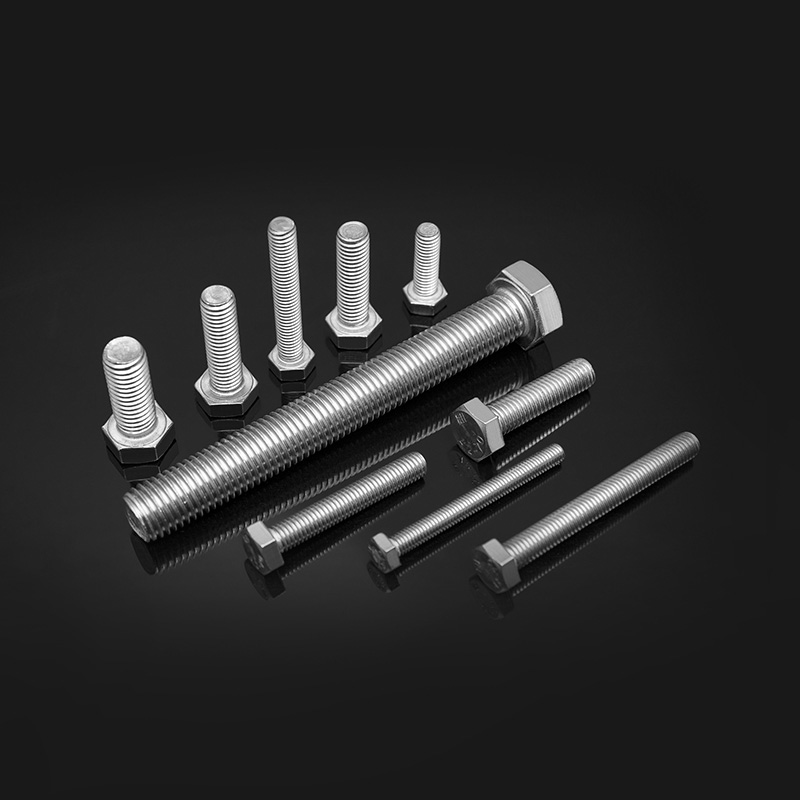+86 189 6101 2359
+86 133 6521 5663
+86 138 5268 6835
In mechanical design and manufacturing, set screws play an essential role in securing components together without the need for nuts. Unlike standard bolts or machine screws, a set screw is threaded along its entire length and tightened directly into a tapped hole to hold another object—often a shaft, gear, or pulley—in place. Among the many material options available, stainless steel set screws are widely preferred due to their outstanding combination of strength, corrosion resistance, and reliability.
These characteristics make stainless steel set screws indispensable in precision engineering, machinery, automotive systems, marine equipment, and countless other industrial assemblies. Understanding their advantages helps engineers and manufacturers make informed decisions when selecting fastening components for long-term performance.
Content
The primary advantage of stainless steel set screws lies in their exceptional resistance to corrosion and oxidation. Stainless steel contains chromium, which reacts with oxygen to form a passive oxide layer on the surface. This invisible layer protects the screw from rusting even when exposed to moisture, chemicals, or atmospheric humidity.
Grades such as A2 (304 stainless steel) and A4 (316 stainless steel) are particularly effective in harsh environments. A2 is commonly used in indoor and general-purpose applications, while A4 offers superior resistance to chlorides, acids, and seawater—making it suitable for marine, chemical, and outdoor installations. This durability ensures that assemblies remain structurally sound over time, even in environments where ordinary steel fasteners would quickly corrode.
Stainless steel set screws offer high tensile strength and good hardness, allowing them to maintain tight, reliable clamping under heavy loads or vibration. Grades such as 304, 316, and 410 stainless steel provide strength values that meet or exceed standard engineering requirements for mechanical fastening.
Because set screws are often used to hold rotating or sliding parts in position—such as in couplings, pulleys, or gear assemblies—they must resist loosening and deformation under torque. Stainless steel’s inherent mechanical stability ensures that the threads maintain precise engagement, preventing slippage or component misalignment during operation.
Another major advantage of stainless steel is its resistance to high temperatures. Stainless steel set screws maintain their structural integrity and strength in elevated temperature applications where carbon steel or zinc-coated screws would soften or oxidize.
This property makes them suitable for use in engines, exhaust systems, industrial heaters, and processing equipment, where consistent mechanical performance is required despite exposure to heat. The stable microstructure of stainless steel reduces the risk of creep, warping, or thread distortion, extending the service life of assemblies operating under thermal stress.

Depending on the stainless steel grade, many set screws exhibit low or non-magnetic properties, an essential advantage in precision instruments, electronic assemblies, and laboratory equipment where magnetic interference must be avoided.
Additionally, stainless steel is chemically inert, meaning it will not contaminate surrounding materials or react with chemicals, lubricants, or sensitive surfaces. This makes stainless steel set screws particularly useful in food processing, pharmaceutical, and cleanroom equipment, where maintaining a hygienic and uncontaminated environment is crucial.
Stainless steel set screws are available in a variety of tip styles, drive types, and thread forms to meet diverse engineering needs. Common configurations include:
Combined with hex socket, slotted, or Torx drive options, stainless steel set screws provide great flexibility in assembly design. The material’s toughness ensures that drive recesses resist stripping or deformation, even under repeated tightening.
While stainless steel can sometimes be prone to thread galling, especially under high torque, this issue can be minimized through proper lubrication, thread coatings, or using dissimilar materials between the screw and mating surface. Once properly installed, stainless steel set screws offer excellent wear resistance, maintaining consistent holding force over extended use.
Their smooth surface finish also reduces frictional wear between contact parts, protecting both the fastener and the components it secures. In dynamic or rotating machinery, this helps maintain long-term operational reliability and prevents costly maintenance interruptions.
Because stainless steel set screws resist rust, deformation, and chemical degradation, they require minimal maintenance throughout their lifespan. Assemblies remain clean, and fasteners can be easily removed or adjusted without seizing or breaking.
This long-term reliability is especially valuable in mechanical systems that require periodic servicing, such as industrial pumps, conveyors, robotics, and HVAC units. Using stainless steel fasteners helps reduce replacement frequency, downtime, and total maintenance costs.
In applications where appearance matters—such as architectural fixtures, laboratory instruments, and consumer electronics—stainless steel offers a clean, polished surface that resists tarnish and discoloration. Beyond aesthetics, this finish contributes to easy cleaning and surface hygiene, which is beneficial in industries that prioritize cleanliness and visual precision.
The advantages of stainless steel set screws extend well beyond basic fastening. Their combination of corrosion resistance, mechanical strength, thermal stability, and chemical inertness makes them indispensable across multiple industries. From machine assemblies and rotating components to marine environments and precision devices, stainless steel set screws deliver reliable performance under challenging conditions.
With their versatility in design, variety of tip options, and long service life, they provide a cost-effective and durable fastening solution that supports both functional integrity and product longevity. For engineers and manufacturers seeking dependable performance in harsh or demanding environments, stainless steel set screws remain a preferred choice in modern mechanical assemblies.

ThreadTolerance: 6gstandardDIN 13-15、DIN 13-12Rod diameter dd≤M20:A2-70、A4-70;M20<d≤M39:A2-50、A4-50;d≥M39:C3、C4;d<M39
See DetailsCopyright © Jiangsu Huajie Stainless Steel Products Co., Ltd. All Rights Reserved.
Stainless Steel Fasteners Manufacturers